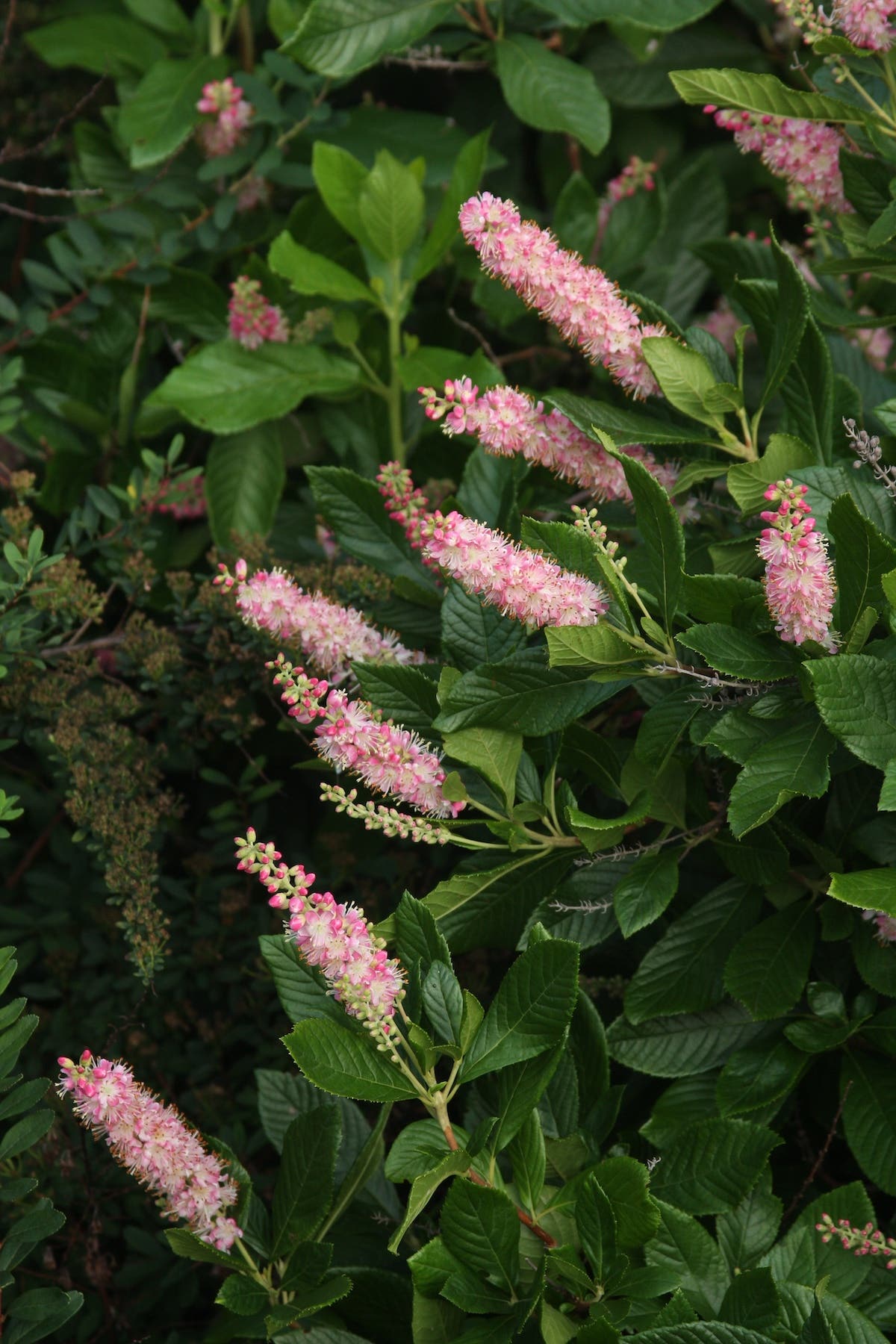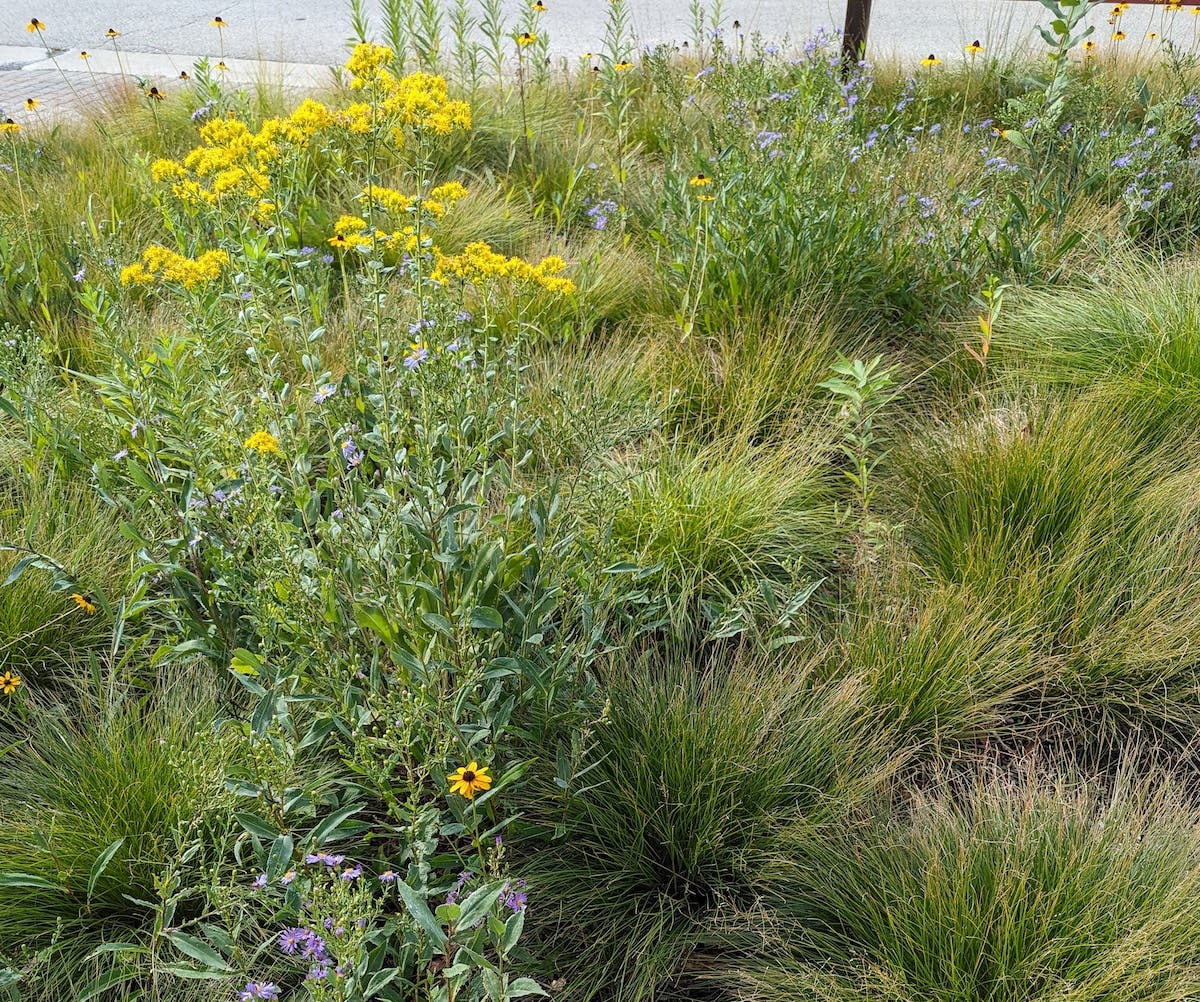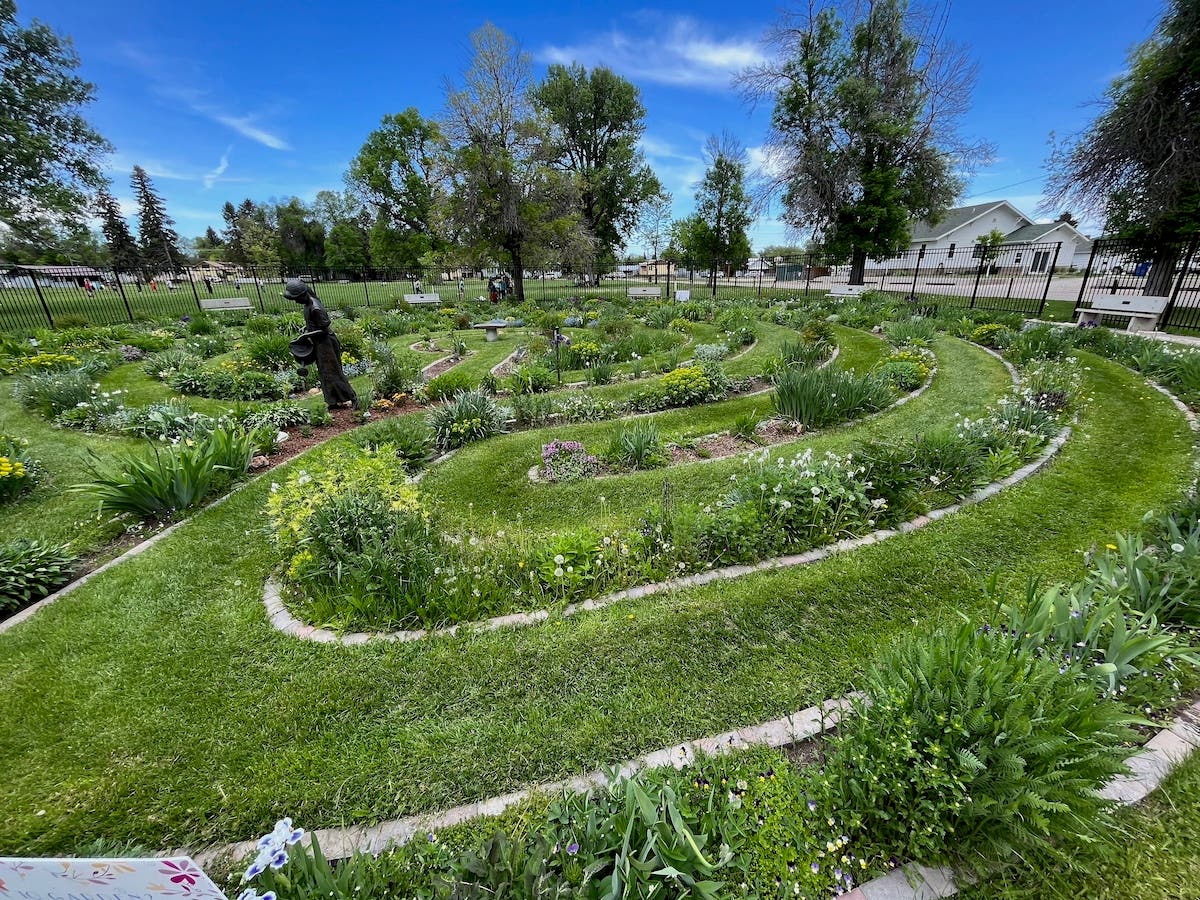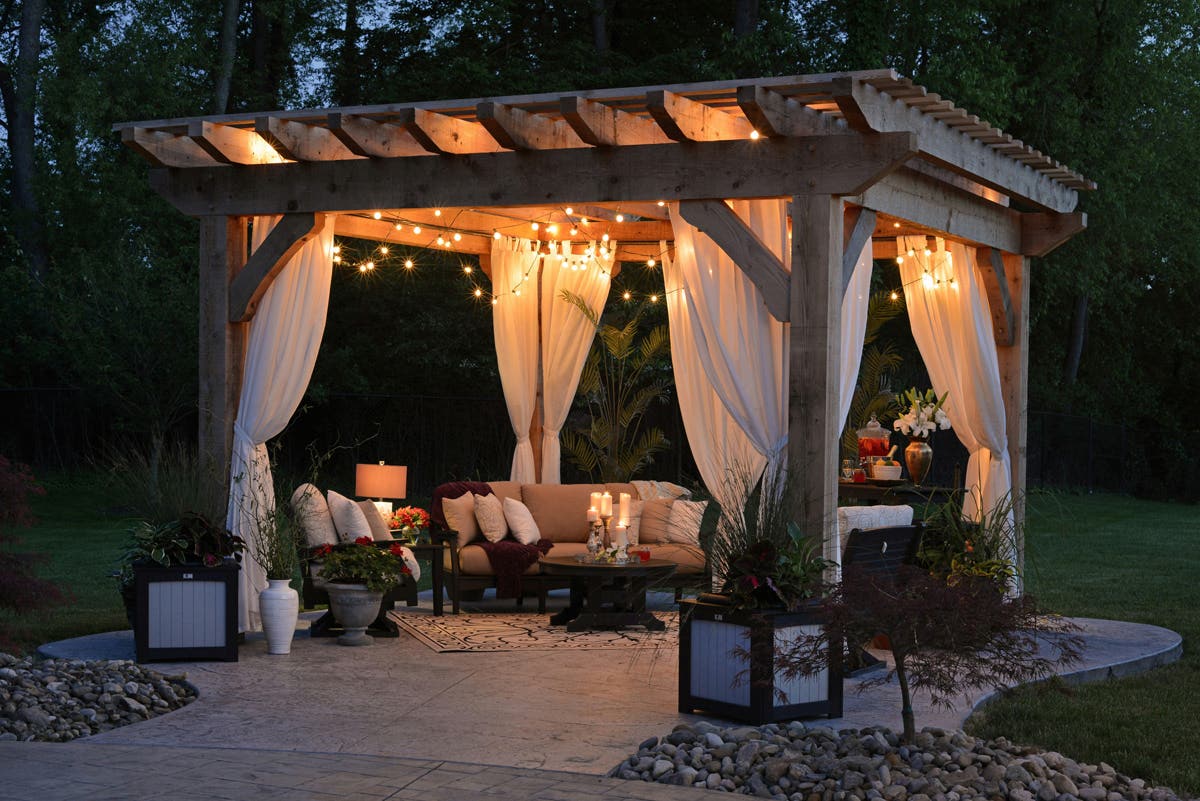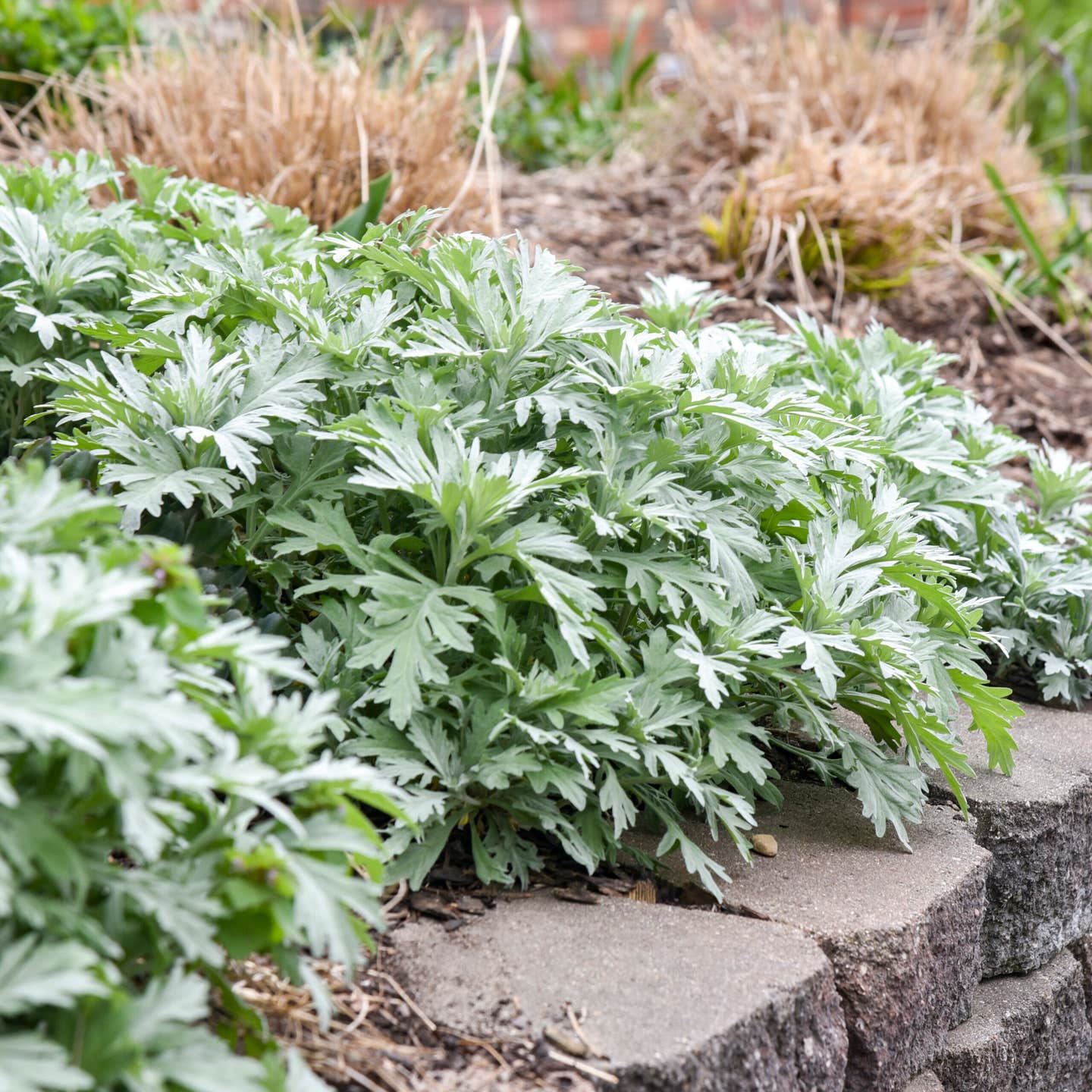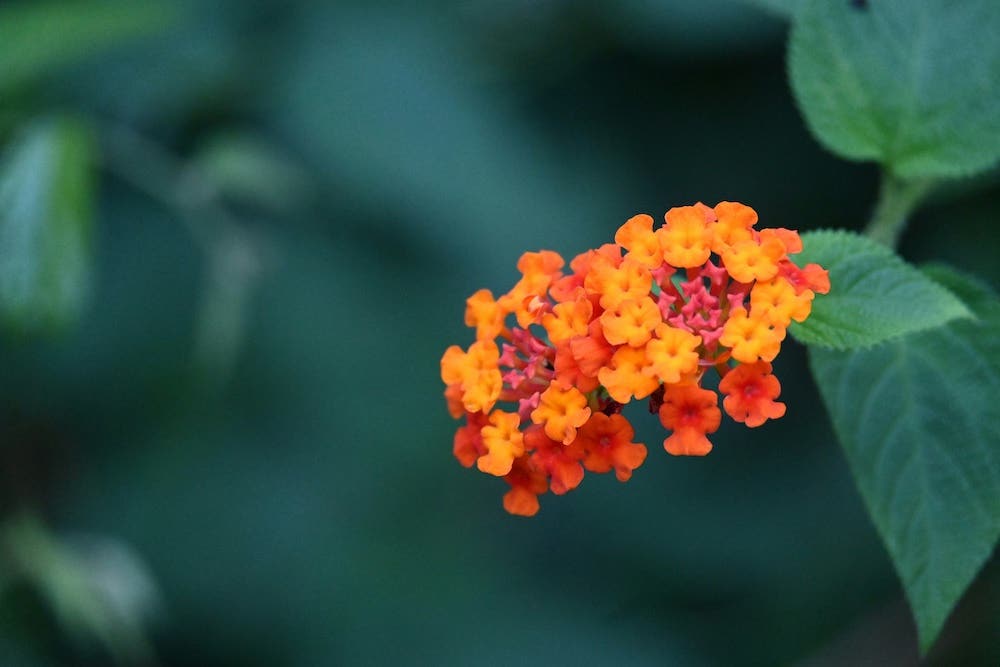Planting for Privacy
You can gain more privacy with the right kinds of landscaping. Not only can plants serve the same purpose as a fence or a high wall, but they can do so in a softer, more attractive, and more effective way.
Privacy seems harder to come by these days. There's more traffic on the roads. The quiet of Sunday morning is more frequently shattered by the whining of leaf blowers and the buzzing of lawn mowers. Short of moving to the country (which will probably soon turn into the suburbs anyway), you can gain more privacy with the right kinds of landscaping. Not only can plants serve the same purpose as a fence or a high wall, but they can do so in a softer, more attractive, and more effective way.
The first step in designing a landscape for privacy is to identify what features of your neighborhood are bothersome and where you can block their intrusion onto your property. Perhaps traffic and street noise are problematic, especially at night. Or maybe your neighbors host lots of loud parties, or their megawatt porch light shines directly in your bedroom window. You may wish to screen the neighbors' view of your swimming pool or hot tub, or you might just want to be able to lie in the hammock and immerse yourself in a good book without feeling that the eyes of the world are upon you. Consider, too, whether you need a physical barrier in addition to a visual screen to keep unwanted visitors (human or animal) off your property.
Design Options
When you have identified the irritants and determined where you need to block them, you can start to survey the available options. Pay attention to the amount of space you have available for a privacy planting, and what would be an appropriate scale.
If you want a hedge but have a small lot, you'll need to seek out narrow, columnar plants, such as ‘Sky Pencil’ Japanese holly (Ilex crenata) or ‘Skyrocket’ juniper (Juniperus scopulorum). If you need privacy primarily in summer, perhaps to screen an outdoor dining area, you could even consider a seasonal planting of tall annuals—a row of hollyhocks, sunflowers, castor beans, or spider flowers—or tall perennials such as Heliopsis helianthoides or Rudbeckia ‘Herbstsonne’.
Depending on the sort of privacy you desire, the style of your home, your existing landscape features, and your personal likes and dislikes, you can choose from among a variety of planting approaches, including formal clipped hedges, informal or naturalistic screens and hedgerows, impenetrable barrier screens, or strategically placed specimen trees or shrubs.
- HEDGES A formal hedge is a dense, shaped row of plants (usually shrubs) growing closely together to form a wall or barrier. Formal hedges need to be sheared or clipped at least twice a year to maintain their smooth, straight line. Although labor intensive and inherently unnatural looking, a clipped hedge is at home in a formal landscape, where neat geometries of space and form create a serene, controlled look. Formal hedges admirably serve a number of landscape functions besides affording privacy. Depending on their location, hedges can act as windbreaks, define property lines, serve as the walls of garden rooms, or offer the perfect backdrops for flower gardens. And a hedge can create a warm microclimate in the garden—as much as a whole USDA Zone milder—where you can experiment with plants that are not ordinarily hardy in your area. Although most formal hedges are green, you can interplant them with some variegated or colored-leaved plants to add interest. For privacy purposes, a tall hedge rising above five feet is generally best, although a three- to four-foot hedge will stand high enough to screen a sitting area or inground swimming pool.There are several issues to consider with hedges in addition to their height. For year-round coverage, an evergreen hedge is best. But if you mostly need privacy when you're outdoors during the growing season, or if you want a hedge that flowers or has colorful fall foliage, deciduous plants can do the job. Even plantings of dense, twiggy bushes or two staggered rows of plants will provide reasonable coverage in winter. Another instance in which a deciduous hedge may prove to be better than an evergreen one is on a small property, where a tall evergreen hedge would cast considerable shade over the yard, especially if it is on the south side. Deciduous plants, including columnar varieties of trees, such as maples or hornbeams, will let in more light than evergreens, especially during the winter, when you'll have less need for privacy in the yard. (They are also less prone to damage from snow and ice.)Whether you go evergreen or deciduous, you'll have to choose between fast-growing plants and slow-growing ones. It can be tempting to plant fast growers such as Leyland cypress (x Cupressocyparis leylandii) if you crave immediate privacy, but bear in mind that fast growers are likely to keep on growing well past the size you want your hedge to be, and that they will require more work to keep in line. Fast growers are often spreaders, too (consider the wandering ways of golden bamboo), and in the end may be more trouble than they're worth. Also, many fast growers are short lived and will need to be replaced or rejuvenated after several years.Slow-growing plants like boxwoods (Buxus spp.) and hollies (Ilex spp.) are usually easier to care for, but they take a lot longer to reach an appreciable height. While you can hasten things along by purchasing larger plants, they're more expensive and harder to transplant.Whatever their rate of growth, plants for a formal hedge must be able to take clipping and ideally, to sprout from old wood. Plants that can't regrow from old wood, such as pines, can be pruned into a hedge, but if the hedge suffers damage or grows too large, you won't be able to cut it back to rejuvenate it; you'll have to remove the plants and start over.
- INFORMAL SCREENS With an informal screen, plants are allowed to assume their natural habits, and are allowed to billow and fountain, creating a softer, more natural look. Informal screens provide privacy without requiring the meticulous maintenance needed by a formal hedge. You may want to selectively prune an informal hedge once a year to keep the plants looking neat, and you should remove any dead or damaged growth you find, but otherwise a screen is a fairly low-maintenance proposition. An informal screen can be a row of one kind of plant—bridal wreath spirea (Spiraea x vanhouttei), perhaps—or it can combine several types of shrubs. It may even be a mix of trees and shrubs like the traditional hedgerows found in the English countryside.Besides being less work, informal hedges can afford greater visual interest. Many bloom in spring or glow with color in fall. They can also supply food and shelter for birds and wildlife, they can buffer noise, and they make excellent windbreaks. A screen of evergreen trees will very effectively block a view, if you use trees that retain branches low to the ground as they grow. White spruce (Picea glauca) makes an excellent screen, as does eastern hemlock (Tsuga canadensis), though it suffers from woolly adelgid in some regions. The downside of using evergreen trees for screening is that they grow slowly and will take years to grow tall.Screening plants may be evergreen or deciduous, but bear in mind that deciduous plants, such as glossy abelia (Abelia X grandiflora) or winterberry (Ilex verticillata) will not afford as much privacy in winter unless you plant them closely, and unless they are naturally dense and twiggy. Also, some popular screening plants develop bare lower stems over time—lilacs (Syringa spp.) and rose of Sharon (Hibiscus syriacus), for example—and will need periodic rejuvenation or replacement to keep the yard out of sight. Combining a screen of plants with a picket fence or lattice panels will make bare stems less of a problem.Whatever you decide to use for your screen, keep in mind that the planting must be dense enough and tall enough to conceal what's behind it. The closer the screen is to your vantage point, the lower it can be and still block the view.
- SINGLE SPECIMENS If you need privacy in a limited area—say, to block the neighbor's view of your bathroom window—you don't need a whole hedge or screen; a single, well-placed plant can do the job. For year-round protection, a dense evergreen tree or large shrub will fit the bill, but you've got to pick one that's the right height and put it in just the right place. California landscape designer Robert Kourik recommends this simple method: Mark a 15- to 20-foot lightweight pole (bamboo is a good choice) with stripes of brightly colored paint spaced one foot apart. Have a friend stand inside the window you want to block, while you stand outside in the yard with the pole. By holding the pole vertically at different locations in the yard between the window, you should be able to find a place where you can block the view of the irritant in need of screening. When you find the right spot, the person inside the house can then count the markings on the pole to tell you about how tall a plant you will need to block the view. Drive a stake into the ground to mark the planting spot.
Neighborly Concerns
If your privacy plantings will affect your neighbors, talk to them early in your planning process to avoid problems later. Be considerate; blocking your neighbor's sunlight with a high hedge will not make for friendly relations. If you will be planting along a property line, be sure to place the hedge or screen far enough inside the boundary that the plants, when mature, will not encroach on your neighbor's land. If you plan a formal hedge, allow enough room for you to clip both sides of the hedge without going onto your neighbor's property.
When planning boundary plantings, it is vital to know exactly where your property lines lie—use the property survey done when you purchased your house. You'll also need to know the locations of underground electric lines, television cables, or water pipes so you can avoid them. (For help, call One Call, the national utility notification system, at 811. One Call will in turn call its member utilities in your area, who will come to mark your utility lines.) Legally, there may be restrictions with which your plantings must comply; look into local ordinances and easements that give your town or local utility companies access to parts of your property.
With careful planning and thoughtful plant choices, landscaping can help you secure the peace and privacy that seems so hard to come by in an ever more crowded world.


